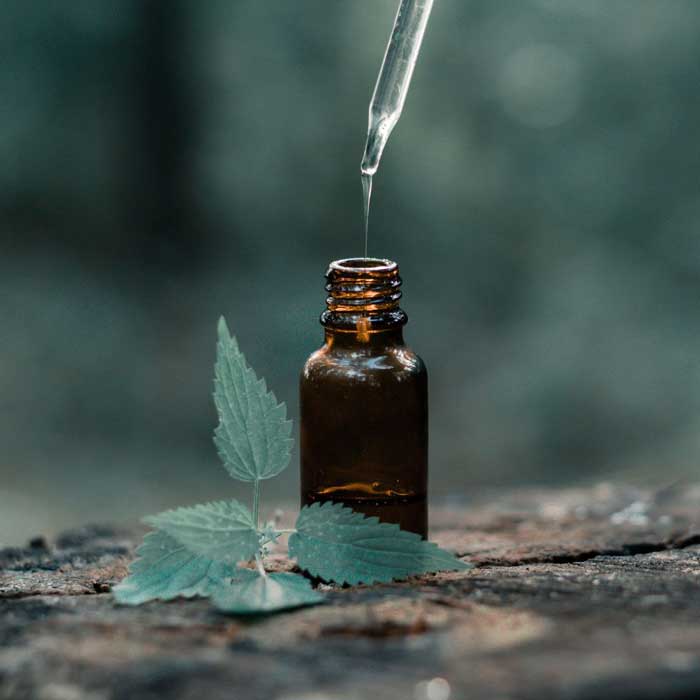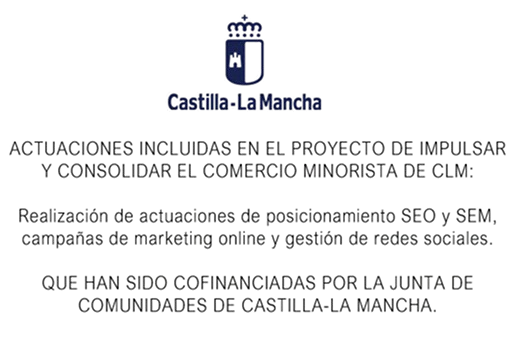In the constant search for well-being and relaxation, salt baths emerge as an ancient practice that has stood the test of time.
These baths, used for both their therapeutic and relaxing benefits, are a perfect fusion of nature and science.
But what exactly are salt baths and how do they differ from bath salts ?
In this article, we'll explore this ancient wellness ritual, delving into its benefits and key differences.
What are salt baths?
Salt baths, essentially, are therapeutic baths that involve dissolving natural sea salt in warm water . This practice has been used for centuries to relieve muscle pain, calm the mind, and purify the skin.
Sea salts, rich in minerals such as magnesium, calcium, and potassium, provide countless benefits to the body and mind.

Benefits of sea salt baths
- Muscle and Joint Relief: Soaking in a sea salt bath can help reduce inflammation and relieve muscle and joint pain, thanks to the action of natural minerals.
- Skin Detox and Purification: Sea salt is known for its ability to draw toxins out of the body and deeply cleanse the skin, leaving it soft and rejuvenated.
-
Relaxation and Stress Reduction: The act of taking a salt bath is in itself a relaxing ritual that can reduce stress and promote a sense of calm and well-being.

Difference between sea salt baths and Epsom salt
Although both types of baths use salt, there are key differences:
- Composition: Epsom salt, also known as magnesium sulfate, is different from sea salt, which is primarily sodium chloride with a mix of other minerals.
- Specific Benefits: While Epsom salt is particularly known for its high magnesium content and muscle-relaxing effects, sea salt offers a broader range of minerals beneficial to overall skin and body health.
Difference between bath salts and salt baths
Confusion between bath salts and salt baths is common. Bath salts often include a blend of sea salt, fragrances, essential oils , and colorants, designed for an aromatic and visually appealing bathing experience.
Pure salt baths, on the other hand, focus more on the therapeutic benefits of natural salt without additives and with a higher concentration of salt in the water, allowing for the osmosis effect. We need to achieve a 20% salt content in the hot water to allow the exchange of water from within our bodies with the salt water.

Contraindications of salt baths
Although salt baths are safe for most people, there are some contraindications . People with certain medical conditions, such as heart problems or very high blood pressure , should consult a doctor before soaking in a salt bath.
Additionally, it is important not to exceed the recommended duration of a salt bath to avoid skin dehydration.
Salt baths are a gateway to a world of relaxation and purification. Whether you choose pure sea salt or a blend enriched with essential oils, this ancient ritual can be a rejuvenating retreat in your self-care routine .
At Saper, we value holistic practices that enhance your well-being, and we invite you to discover the transformative power of salt baths. Immerse yourself in the serenity of the saline waters and feel your body and mind align in perfect harmony.

For an extra touch of well-being, you can finish by nourishing your skin with one of our body oils, such as Body Slim&Detox , to further cleanse and purify your skin of toxins and other residual elements.







